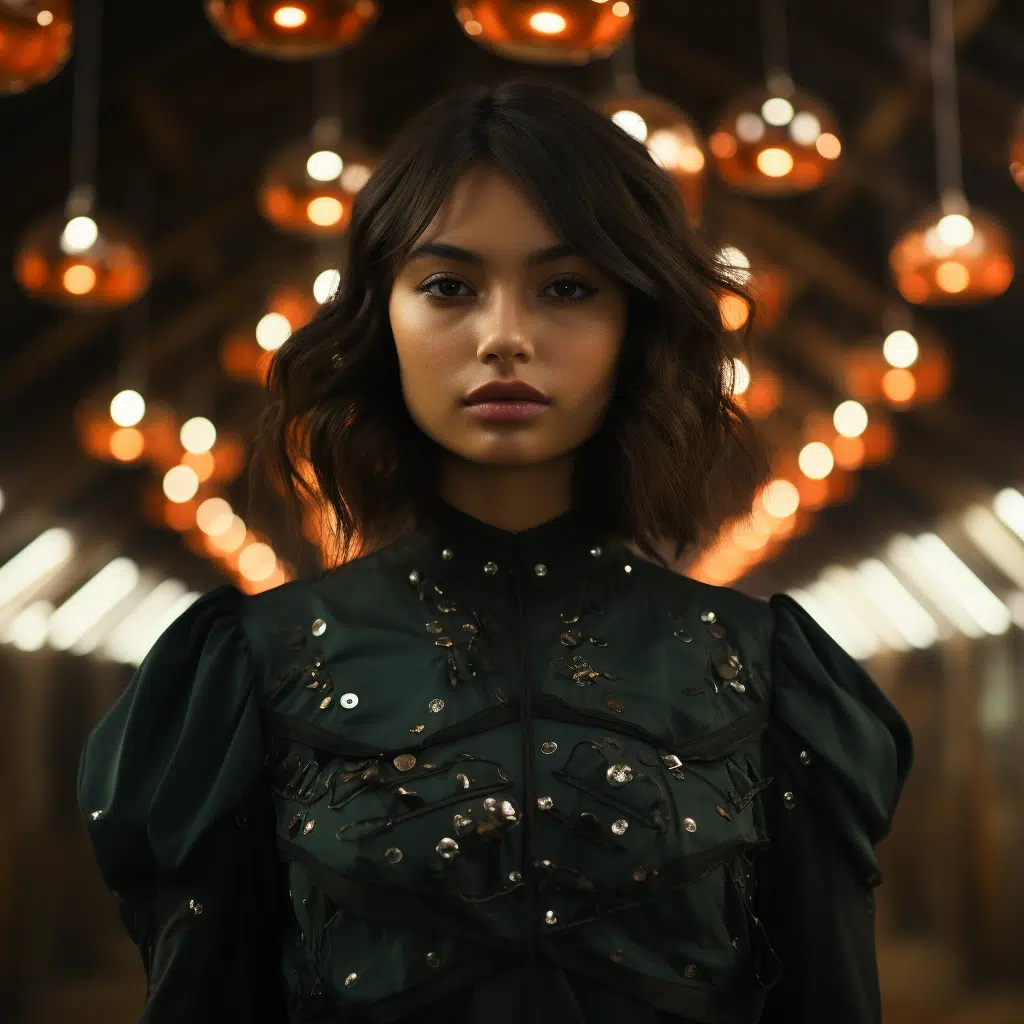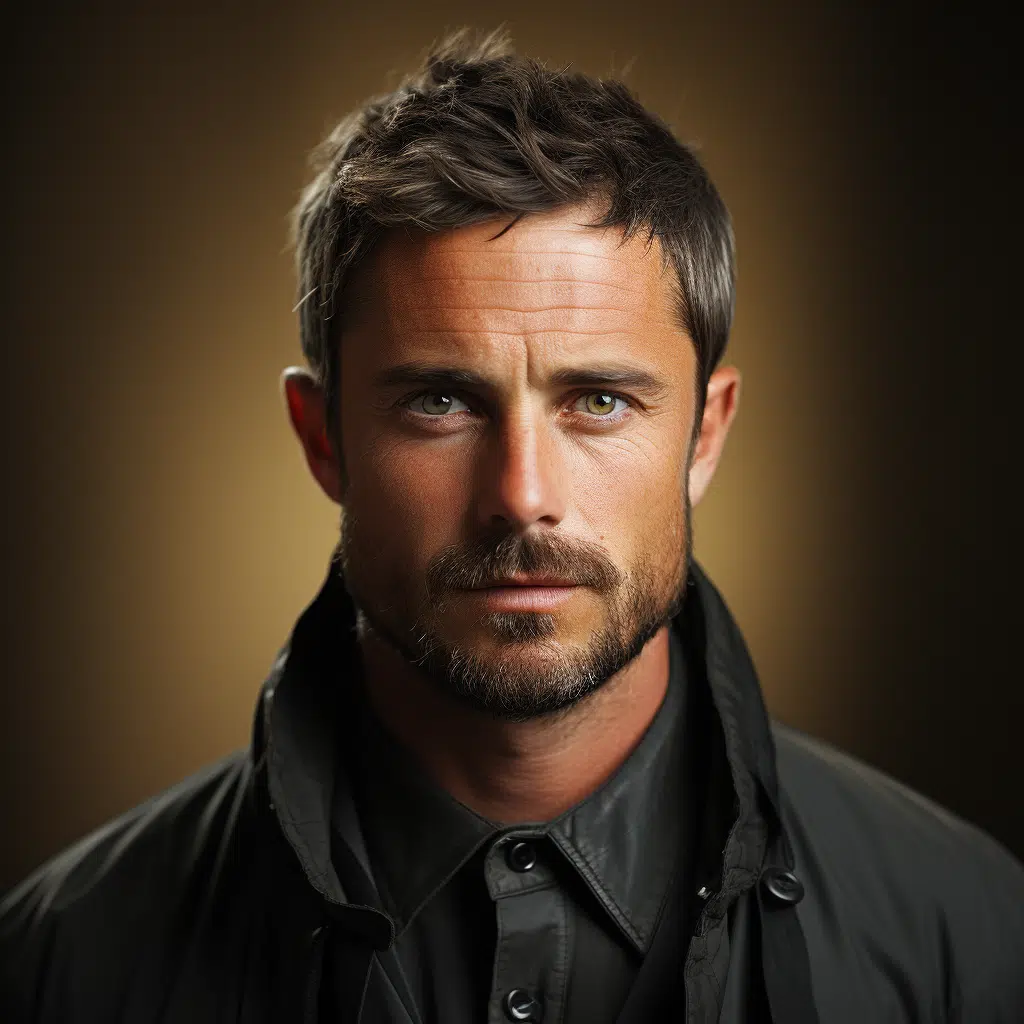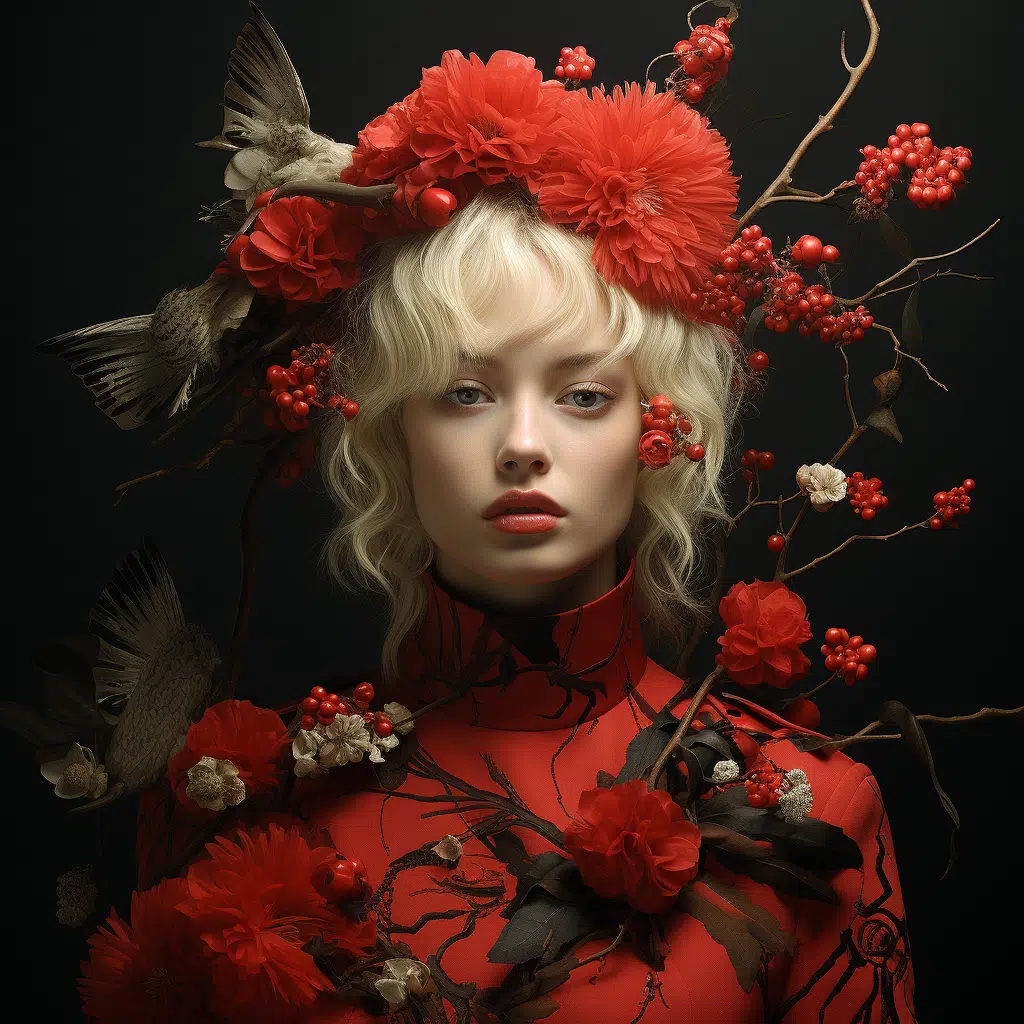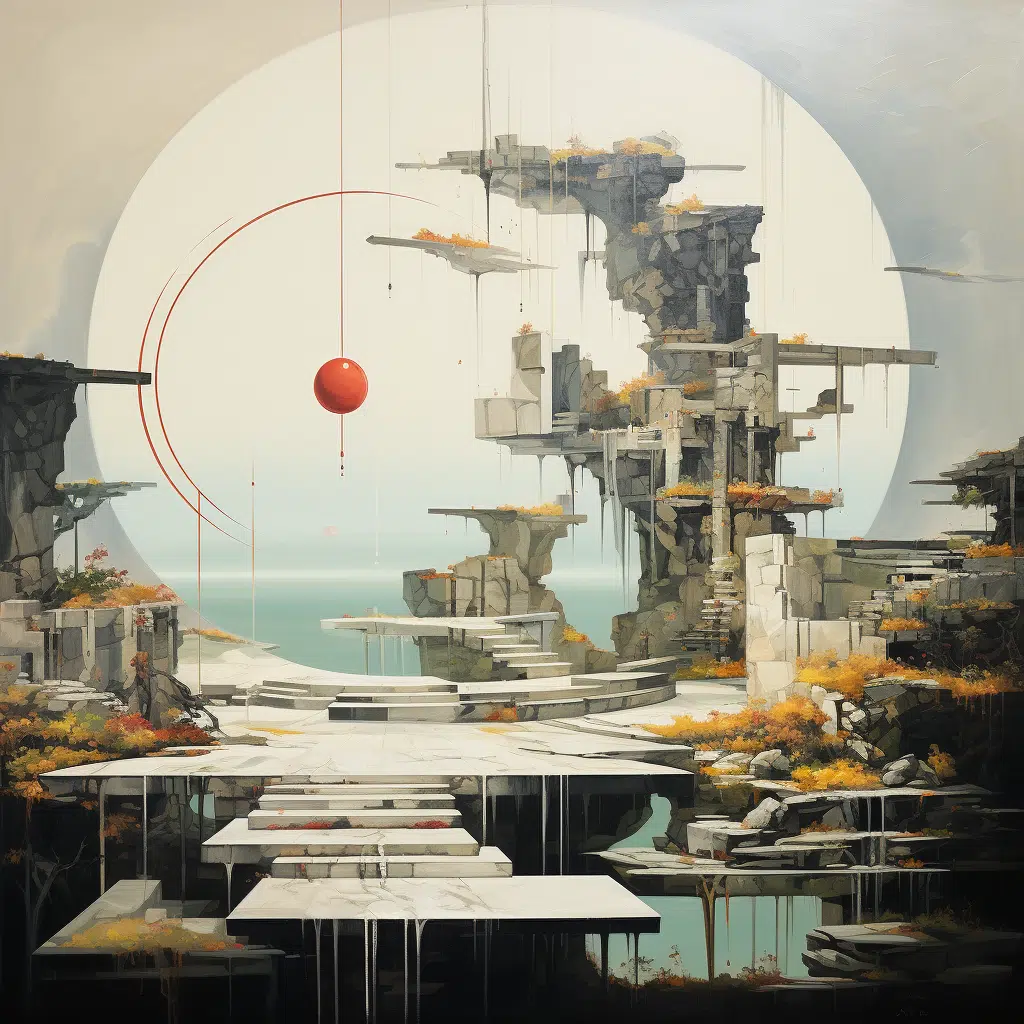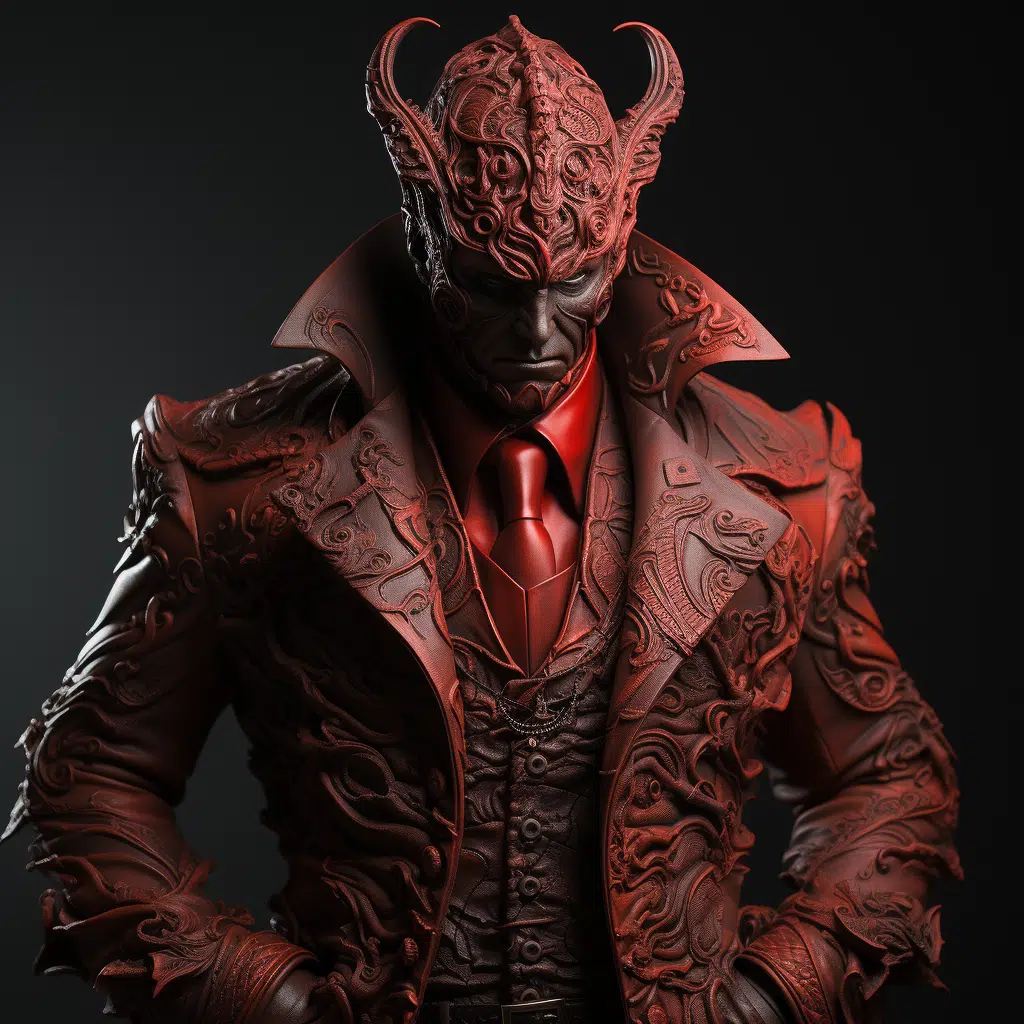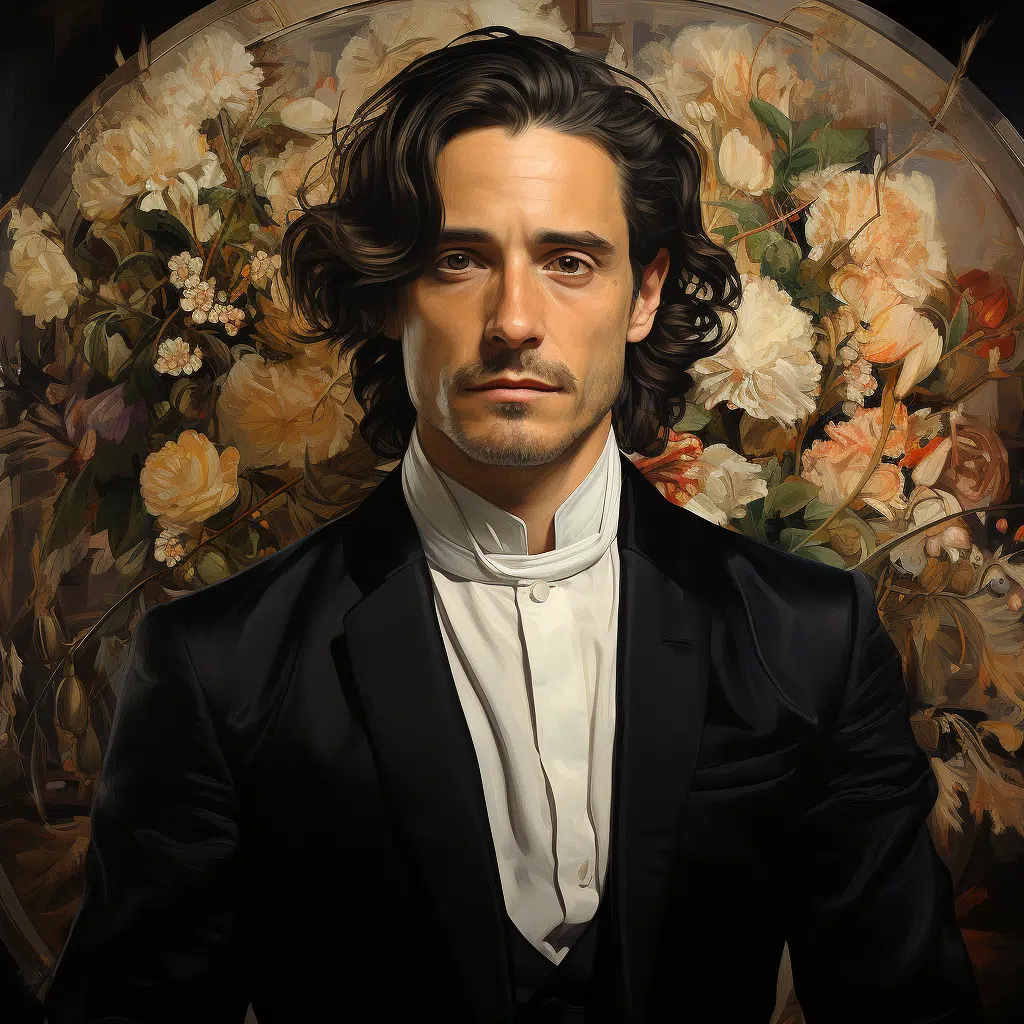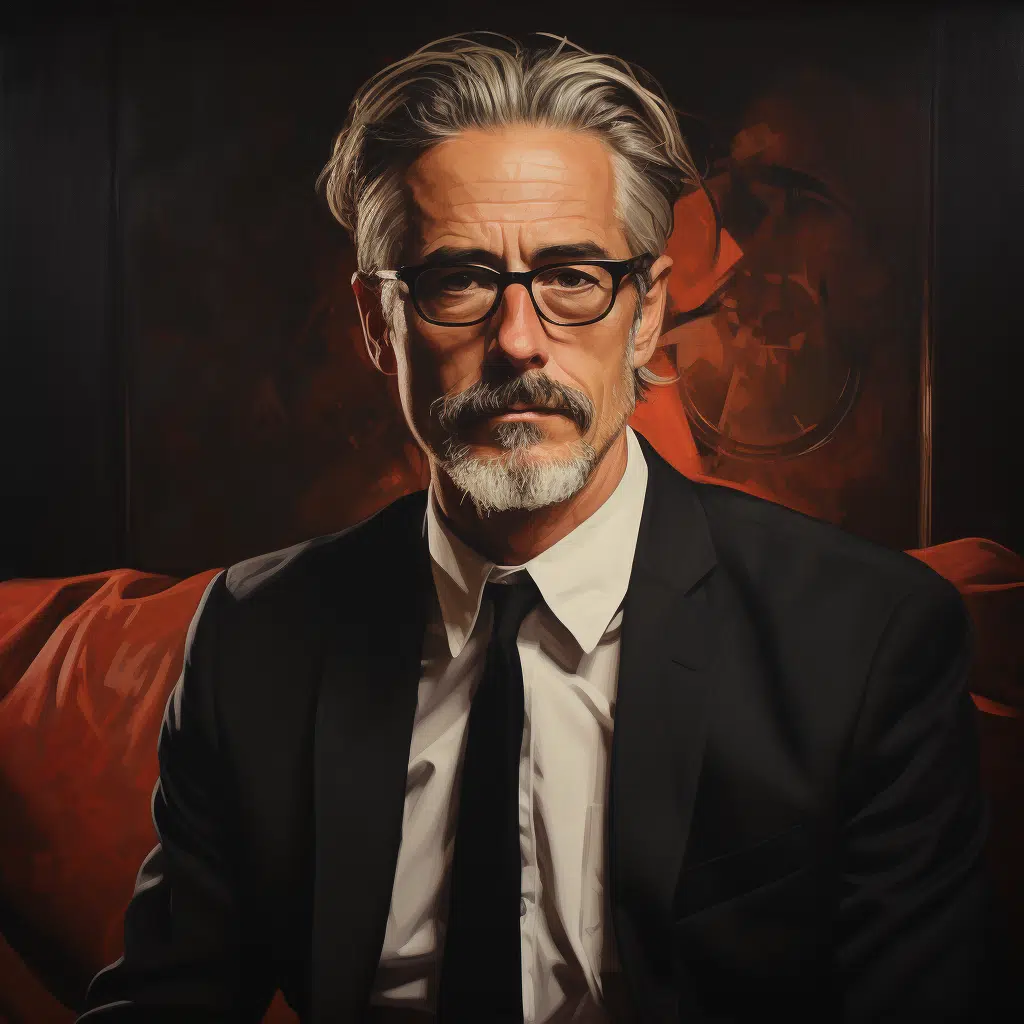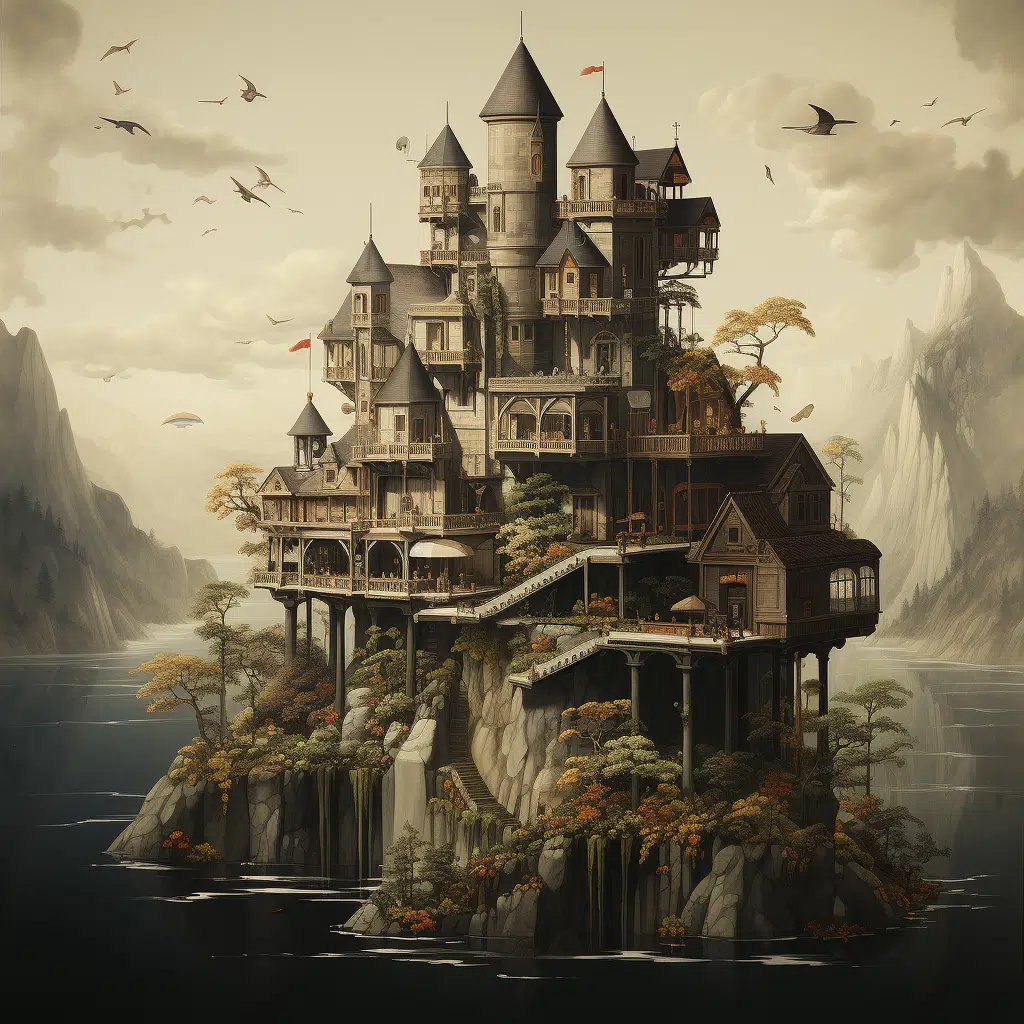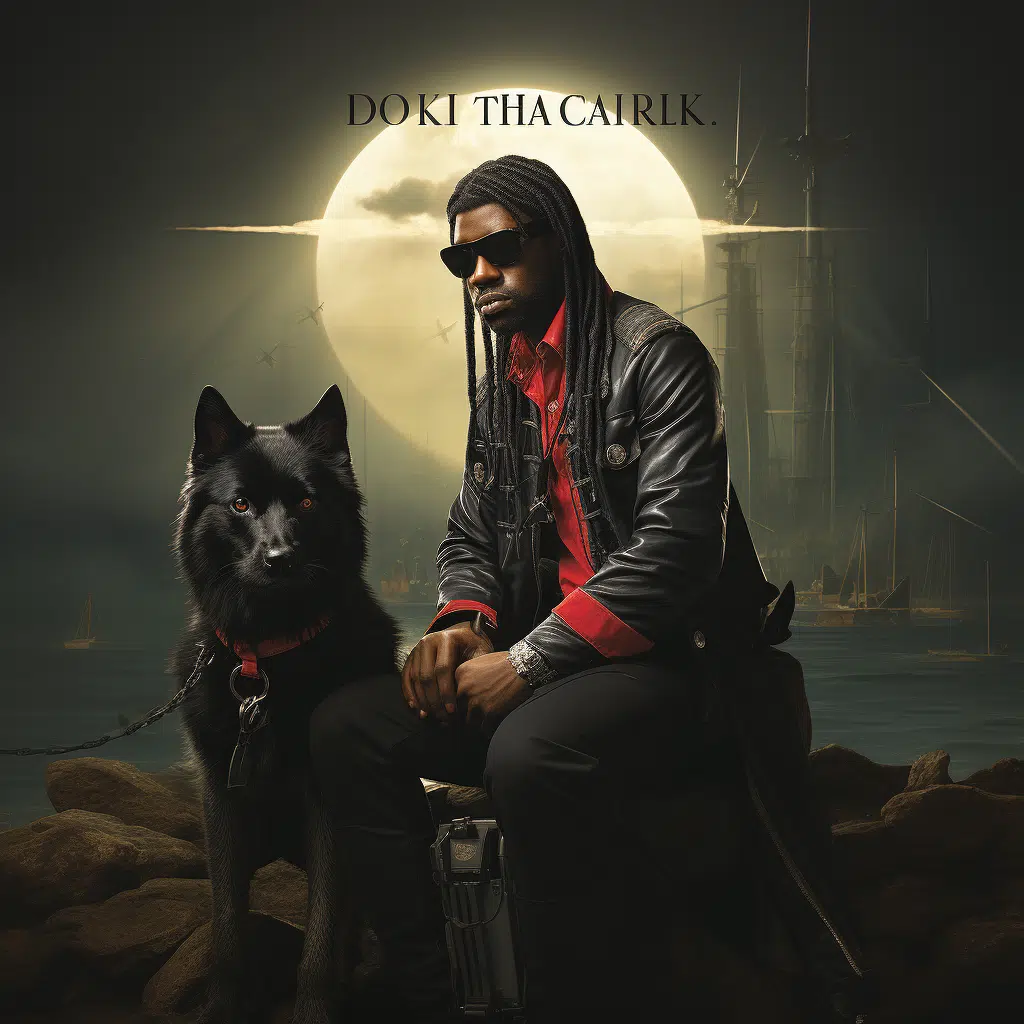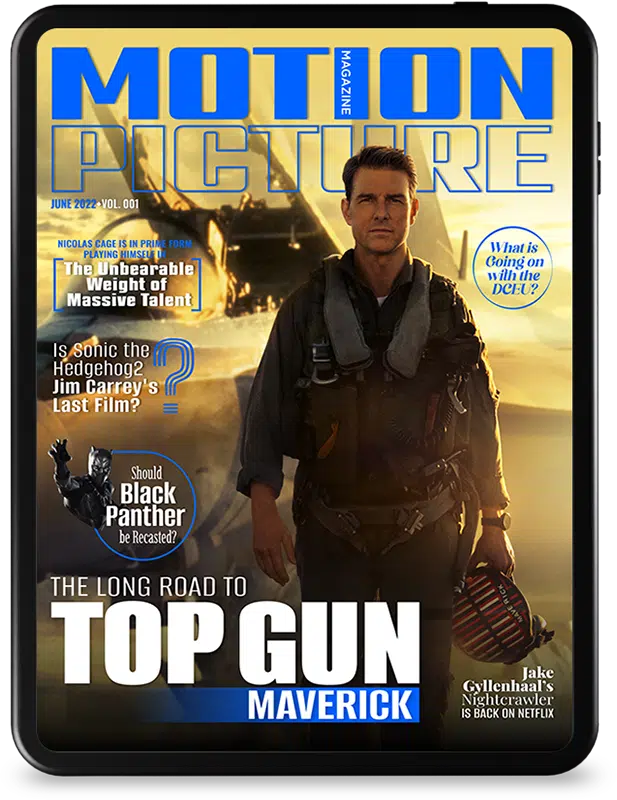Imagine settling in for the latest flick and being bombarded with a sensational world so mind-boggling that prompted you to ask, “donde estoy?” Let me take you on a journey to some of the most insane film settings you never knew about. Settle in, mi amigos, as we traverse the spectacular vista of unimagined territories.
1. First Stop: Donde Estoy, The Dream Hotel
The phrase “donde estoy?” receives a whole new meaning in the context of the 2017 dark comedy, “The Dream Hotel” where reality and dreamscapes intertwine in an upscale hotel setting. Fundamentally, waking life is repeatedly altered into nightmarish sequences, making viewers, and characters alike, question their whereabouts continually.
The Dream Hotel’s overall design is an art lover’s paradise, painted with surrealism, furnished with expressionism, and adorned as a contemporary masterpiece. The intermingling of distorted dreams and stark realities unearths a new cinematic terrain. For trivia enthusiasts, you’ll be surprised to know that myreadingmanga has created an entire anthology of such dream-turned-reality stories inspired by this film.
The mysterious setting is one of a kind and brings out the film’s raw essence, making viewers ponder where they are in this psychological labyrinth. This first insane film location sends a strong message: creativity knows no realm of impossibility.
2. Drifting Towards Foster Freeze
In contrast, the raunchy, rebellious world of George Lucas’s “American Graffiti” (1973) finds its impressive setting in the real-world, late-night situation of Foster Freeze. An iconic symbol of teen culture during the mid-century era, this drive-in represents rebellion, austerity, and longing for freedom, all masterfully woven together by Lucas.
The Foster Freeze, a genuine 50s creation, saw a revival intending to recreate the golden age of American youth. Lucas leverages the authentic locale to underpin the nostalgia and teenage turmoil of the time. Fun fact: You might be intrigued to note that the diner scenes in the film were actually shot in front of Mel’s drive-in on roadhouse cast, an iconic American diner.
Foster Freeze is a stark contrast to our atypical film location, bringing reality to the big screen in all its glory and despair. After all, films are visions of our realities projected onto an extravagant canvas, right?

3. The Great Mall: More Than What Meets The Eye
Director Paul Thomas Anderson incorporated one of the biggest shopping malls for his movie set in the wildly popular “Punch-Drunk Love” (2002), the Great Mall. This spectacular setting was symbolic of consumerism and the convoluted pressures of modern society.
An average audience perceives the Great Mall as a shopping sanctuary. However, through Anderson’s lens, it transcended into a character in itself that significantly influenced the film’s narrative. It takes talent to transform a seemingly innocuous mundane space into something profound and meaningful!
Known for his unique storytelling knack, Anderson turns the mall into symbolizes the intricacies of social norms and pressures. Insider reveals, this setting’s choice was a creative nod to Kubrick’s imposing structures in his films. These facts, and his mannerisms adopted on the set, led to the director being called ‘PTA,’ referencing studio movie grill method of naming their food.
4. Jing Fong: A Staple Of New York Nostalgia
When it comes to showcasing the vitality, chaos, and energy of New York City, there’s no place quite like Jing Fong. Its raucous and frenetic atmosphere was beautifully captured in the well-received film, “The Search for One-eye Jimmy” (1994).
Jing Fong, one of New York’s biggest dim sum restaurants, lent realness to the film with its clamoring carts, bustling tables, and food fueled drama. For serious film buffs, the restaurant’s cinematic journey doesn’t stop here. It has cameoed in “Premium Rush” (2012) and sistas season 5 as well.
The cinematic representation of Jing Fong represents the melting pot that is New York City. Every corner tells a different story, every table holds new characters, and it all aids in spinning a web of fascinating narratives – truly an unmissable stop on our global film location tour.

5. Khan Baba: A Foodie’s Paradise and Film Oasis
Khan Baba, a popular eatery found in the heart of Karachi’s bustling food street, provided the setting for “Nauratan” (2017), a heart-wrenching drama focusing on societal norms and expectations within the South Asian context. \
Food and film mixing isn’t uncommon, and the realism of Khan Baba cannot be overlooked. The open-hearted kitchen bustle, persistent city noise, and a potpourri of extravagant flavors provide a heady experience, setting the perfect backdrop and replicating the film’s storyline’s richness.
This location has become synonymous with memorable discussions and fiery dialogues in the film, owing to its authentic communal dining space. The restaurant’s background hustle and chatter immensely contribute to the film’s local flavor, an endeavor made smoother after learning how to give head from the many cooks and bidding customers.
6. Long Beach Airport: A Playground for Spy Thrillers
Long Beach Airport in Robert Zemeckis’s “Flight” (2012) is a compelling setting that introduces us to the tumultuous life of the protagonist. This location serves as evidence of how architecture manipulates characters’ state of mind and influences plot points.
Statistically, the airport has been a favorite among the Hollywood fraternity since the golden era. The fusion of Art Deco and Streamline Moderne Style architecture paints a timeless essence, making it the preferred backdrop for films ranging from suspense thrillers to romantic dramas.
Clearly, our visit to such varied film locations is merely underlining how film settings can be intertwined completely with the narrative, influencing not just the story arcs but also the characters’ interactions themselves. This fact is further supported by an interesting review titled the menu explained, a metaphorical cuisine-cinema analysis.

7. Tankstelle: An Unorthodox Setting
Finally, we land in Tankstelle, an obscure gas station turned eatery that formed the backdrop of the acclaimed indie drama “Strangler vs. Strangler” (1984). The Yugoslavian black comedy horror film gained cult status down the years and Tankstelle turned into a totem for offbeat film locations.
This quirky film setting adds an element of surprise, reinforcing how the narrative can seep through the mundane to unearth interesting stories. The transformation of the setting is parallel to the movie’s metamorphosis from an overlooked indie drama to a mainstream horror sensation.
So there you have it, film enthusiasts, a journey around the world through eclectic, unorthodox, familiar, and extraordinary film locations. All these visits reiterate the words of the legendary Alfred Hitchcock who once said, “To make a great film, you need three things: the script, the script, and the script.” It’s safe to add a fourth one to Hitchcock’s trinity: the location.
